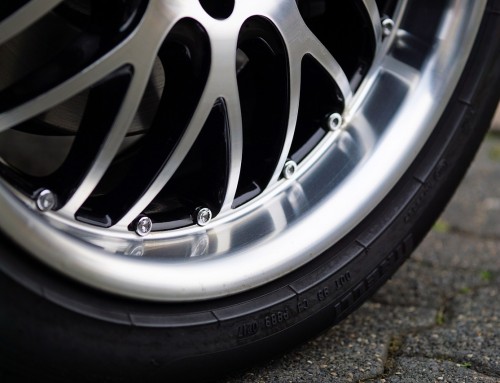Salt damage is common for vehicles in coastal communities. If you live in an area prone to icy roads, your vehicle could suffer salt damage, too, from all the salt on the roads intended to clear them of ice and snow. Here are a few tips on what to do about salt damage to vehicles.
What Salt Does to Your Vehicle
The worst form of salt damage is the acceleration of rust. The worsening red marks on your scratched bumper are an eyesore. Salt damage will eat away at the clear finish on your car’s paint job, too. However, salt doesn’t eat into the finish of modern cars as bad as it did twenty years ago. It is the rust on the undercarriage that is the real threat. Salt will eat into your brakes and transmission. If you don’t minimize your salt exposure and limit the damage, your safety and your car’s looks are at risk.
How to Minimize Salt Damage
Wash your vehicle every week or two to wash the salt off your vehicle, and you may need to wipe down surfaces where salt water may collect. Since you’re washing the car in near-freezing temperatures, open and close the doors, hatch and trunk afterward. Lock and unlock the doors, too. This will help prevent them from freezing shut when temperatures drop again.
Try not to drive through the deep snow on the side of the road where salty debris has formed thick layers. A side benefit of this approach is that you’re less likely to be stuck or stranded. Avoid deep puddles of salt water on the roads, since this will splash the salty water all over the vehicle. You’ll also reduce the odds of losing a tire by hitting a pothole.
However, you can’t avoid driving through salt in the winter, since it has been applied to all the major roads. And if you live in a coastal community, you’re surrounded by the salty air year-round. In these cases, as soon as possible, have the underside of the car washed so that you get any salt residue off. Drive through carwashes that shoot up jets of water at the underside of the car are a viable option. However, you should look for car washes that don’t use recycled water, since recycled water probably carries the salt they washed off the other car.
Another preventative measure is careful monitoring of the vehicle’s finish. When the paint chips, repair it to prevent corrosion from starting.
How to Prevent Salt Damage
A good way to prevent salt damage is to wash your car before winter hits, then apply a good wax coating. This should last six to eight weeks. You’ll have a greater level of protection if you wax the vehicle every three months. A synthetic paint sealant could last all winter. However, this only protects the visible parts of the vehicle. If you’re concerned about salt damage to the undercarriage, you can arrange for a body shop to apply an undercoating treatment. This provides the same sort of protection as a coat of wax on the car’s body but for these vital metal components.
Written by: tamarawilhite








